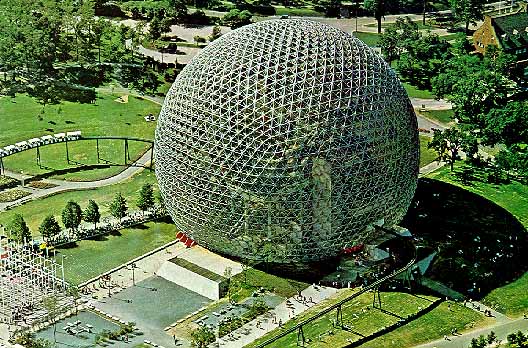
When Ruth turned one I bought her a soccer ball. I had ulterior motives. Not only did I want her to enjoy sports so she and I could play outside and on the rink together, I wanted to make sure I consciously chose toys for her that were not gender leading. Along with her dolls, we’ve given her balls, and we encourage her to play with trucks and pucks. Annie has found her two sets of blocks and I take her to the beach so she can throw rocks. Now that she's two, for some reason, she's taken to telling us that she's a boy.
My hunches about the importance of nurture in forming gender were affirmed by an interview with Lise Eliot in the Globe and Mail last Saturday. What this neurobiologist found when she went to the scientific literature – surprise, surprise – was little biological evidence of there being significant differences between the brains of boys and girls. Those differences that do exist are magnified by the ways in which kids are brought up and educated. Eliot asserts that the brains of children who play sports and play with blocks develop in ways that allow them to better understand physics, calculus, and geometry later in life.
I looked at her soccer ball, made up of pentagons and hexagons stitched together to form a sphere, and was reminded of an old friend from my days as a graduate student twenty years ago. I was studying molecular biology, living on the Upper East Side of Manhattan, preparing for my admission to candidacy exams. I was learning as much about one topic as I ever had in my life and probably ever will. I perused dozens of papers on the ingenious ways a microscopic organism called bacteriophage T4 uses genetic recombination to begin copying its DNA. I was trying to absorb, not only the details, but the connection between all these details. And I was learning, once again, that anything is interesting if you study it in enough detail. The trick was to apply my mind and delve as deeply as possible. Such was my life as a grad student, girlfriendless and finding my way in an impersonal city, away from family and all that was familiar, that I began to think of T4 as a friend, an intimate whose life cycle I knew more about than those of most of the people in my life. I miss this side of myself, not having studied anything that profoundly in years.
T4 looks like this
(From McGraw Hill Encyclopedia)
Note that the spherical capsid is made of triangular plates.
A third near-sphere constructed from flat modular components is Fuller's geodesic sphere. When I was six years old my family visited Expo ’67. My parents had moved from Montreal a decade before this when they were married. ‘Escaped’ might be more accurate, the way they told the story. Dad loathed the small-mindedness hegemony of the Church and the polarized us-and-them mentality of the city in those days. He told me he just never felt at home. Nevertheless, we had plenty of relatives in the city and visited them regularly. Expo gave us a good reason for a summer visit. Early one evening, among the throngs and loving the excitement, I looked down and saw money on the ground. Money on the ground is like anything shiny to a crow. This time it was three dollars – a $1 bill and a $2 bill – lying at my feet. In 1967, $3 was a lot of money to a six-year old. Coincidentally it would exactly cover the price for our family of six to ride the monorail around Expo. Dad, generous guy that he is, refused my offer to pay for our next ride with my find. That ride took us through the American Pavilion, showcasing Buckminster Fuller’s geodesic sphere. There were birds living – or at least trapped – inside that near-sphere. That cool building was just like the dome structure we played on in the playground of E.J. Sands Public School back home in Thornhill.


A soccer ball, the T4 capsid, and a geodesic sphere. All of these are made from flat geometrical shapes stitched, bolted, or covalently bonded together to form near spheres.
T4 came up with a molecular solution to the puzzle of how to make a quasi-sphere out of planes. As D’Arcy Thompson laid out in his wonderful book, On Growth and Form, biology solves problems, not by “thinking” about them, but due to the fact that organisms live in a physical world with laws and limitations that constrict it. Working under these universal laws, T4 makes its capsid, not by “thinking” about how to make a sphere, but by piecing together molecular planes that minimize the surface-to-volume ratio and, thus, minimizes the energy needed to contain the DNA it injects into a cell of E. coli.
However, the human mind solves problems like this, with thought and creativity, that the physical world solves by adhering to the contingencies of physics.
Ruth's mind quickly learned to kick her soccer ball, as well as throw it and sit on it. She is a physical child and loves to play vigorously. I have now learned that such play can enhance her abilities to understand geometry. And not just the geometry of fitting pentagons and hexagons together to make a sphere!

2 comments:
This is fantastic.
Wow, its nice to know what you have an open mind. The nature vs. nurture is a huge debate, I think they both play a huge part. Funny, how commercial playground can lead you to such grand discovers. Good for you!
Post a Comment